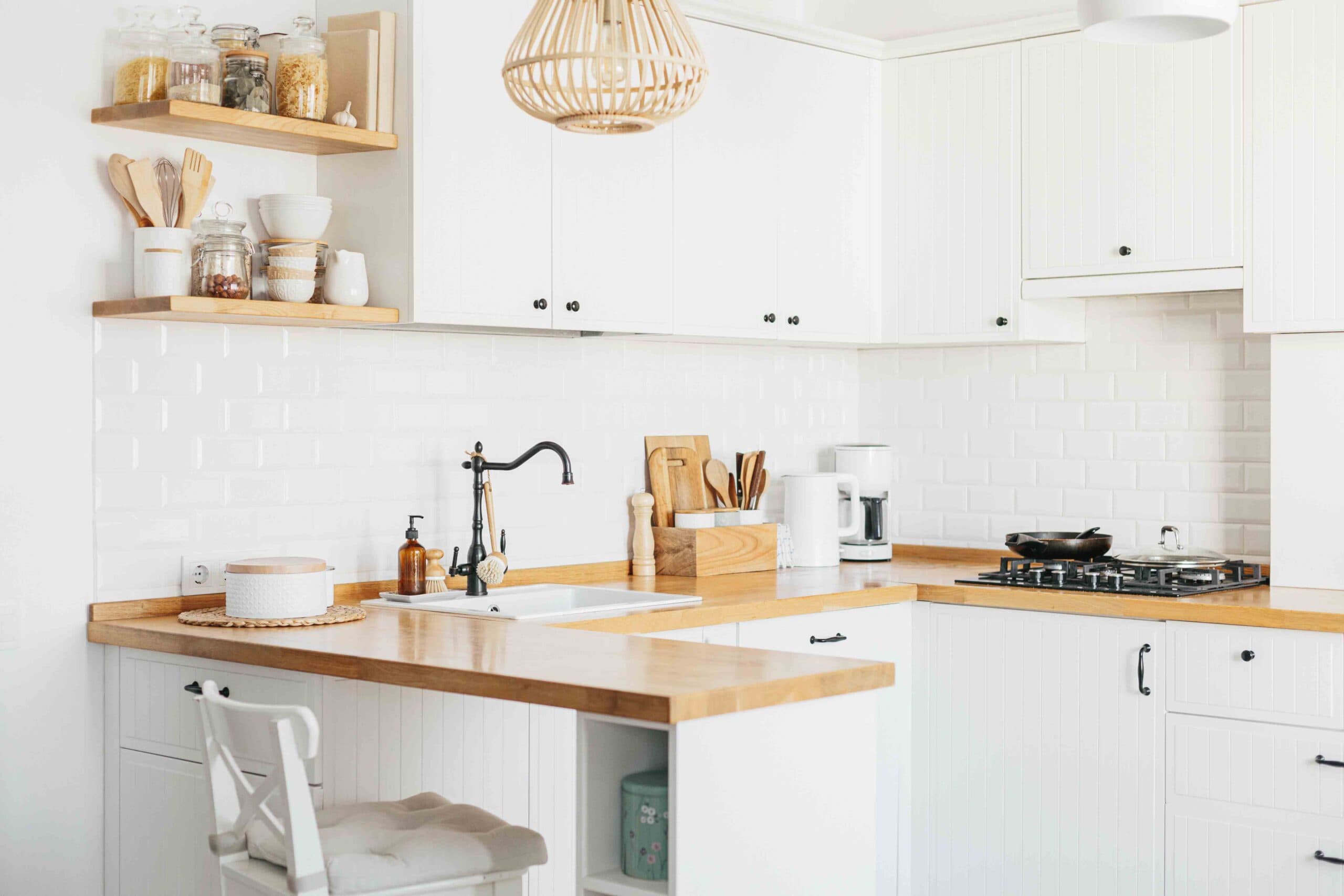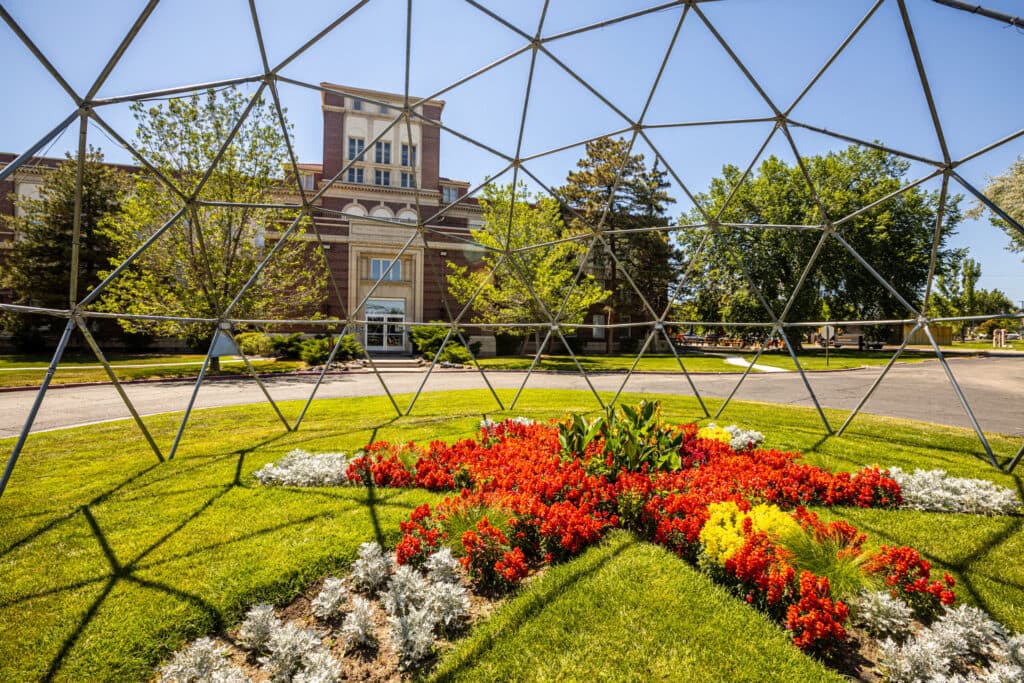Green initiatives have been prioritized throughout nearly every industry, as organizations across all economic sectors work to develop innovative practices that promote sustainability and protect the local environment. The interior design industry is not exempt, with sustainable interior design practices becoming commonplace in residential and commercial facilities. Regardless of an individual’s budget or personal design preferences, many are investing in green building materials and sustainable home decor items.
As a result, aspiring interior designers need to take note, because green interior design is more than just a fleeting trend. Such practices will soon become the expected norm in the industry, making it important for all interior design professionals to have expertise in sustainable design practices.
Understanding Sustainable Interior Design
Sustainable interior design refers to the practice of creating an interior design and decor that has a minimal impact on the local environment as well as global resources. According to the Society of British & International Interior Design, sustainable design practices revolve around key principles, such as reducing waste in interior design, improving overall energy-efficiency in an indoor space and selecting materials with a long lifespan. By blending the key principles of sustainable interior design, interior designers can create functional and aesthetically-pleasing spaces that have a positive impact on the outside world.
Defining Sustainable Interiors
Much like the fashion industry, the interior design industry has long been defined by trends that quickly come and go, often encouraging people to redecorate residential and commercial spaces on a regular basis. However, sustainable interiors focus more heavily on classic designs that will stand the test of time. They often encourage people to invest in furniture and decor created from green building materials while prioritizing neutral colors that will never go out of style. Sustainable interiors typically include smart technology designed to improve energy-efficiency in the space, reclaimed wood furniture, low VOC paints, water-saving features and more.
The Environmental Impact of Interior Design
For years, it was thought that the interior design of a structure contributed to a small percentage of its carbon footprint. That said, recent research reveals that traditional interior design practices can actually have a significant and detrimental impact on the environment. A recent study conducted by the Carbon Leadership Forum and LMN Architects concluded that, over the course of its lifetime, the interior design of a residential or commercial building may actually exceed the amount of carbon emissions generated by the construction of the structure itself. Recognizing the significant environmental impact that interior design can have, it’s important for aspiring interior designers to begin prioritizing sustainable design practices.
Sustainable Materials for Interior Design
Green building materials rest at the core of any sustainable interior design plan. Choosing products created from natural materials that have been responsibly sourced allows you to implement an interior design plan rooted in the best sustainable practices. It’s worth noting that sustainable materials can still be beautiful and pleasing to the eye. The leading interior designers who specialize in sustainable practices can create cohesive and functional interior design plans that simultaneously protect and preserve the local environment.
Eco-Friendly Building Materials
These are the most sustainable building materials available at this time:
- Bamboo — Despite being incredibly lightweight, bamboo is also strong and durable, making it an ideal building material for furniture and decor. It is also a renewable resource that can be quickly generated using sustainable practices.
- Reclaimed wood — Having become incredibly popular over the past several years, reclaimed wood is a favorite among interior designers. Reclaimed wood is sourced from barns or other old buildings, and subsequently repurposed into reclaimed wood furniture and other decor items.
- Recycled glass —Created from old glass jars and bottles, recycled glass is an ideal material for decor, countertops, accent pieces and more, making it popular among interior designers who like to incorporate diverse materials into their designs.
Innovations in Sustainable Textiles
The textile industry, due to its rapid manufacturing practices and low-cost initiatives, has long had a detrimental impact on the global environment. Today, innovations in sustainable textiles allow sustainable interior designers to use fabrics responsibly within their design plans. Some of the leading breakthroughs in sustainable textiles include:
- Mycelium leather — Rather than relying on natural leather for furniture and decor, interior designers can use mycelium leather. This is a sustainable alternative that looks and feels similar to leather but is created from the roots of fungi that grow naturally in the local environment.
- Algae-based textiles — These textiles are created from bio-yarns made from kelp. Not only is it easier to produce algae-based textiles in a responsible and sustainable way, but these same textiles are also biodegradable, ultimately reducing waste and overall environmental impact.
- Lab-grown cotton — Instead of farming cotton using traditional techniques, scientists have developed ways to create cotton in the lab. This allows them to develop a faster, more efficient and more environmentally responsible way to create this widely used material.
Best Practices in Sustainable Interior Design
The best practices in sustainable interior design prioritize beauty and functionality while simultaneously working to reduce the environmental impact of the design plan. Green interior design involves selecting eco-friendly building materials, prioritizing a timeless, classic design and implementing the design in a way responsible and ethical. Ultimately, the goal of sustainable interior design is to minimize or eliminate the environmental impact of the design itself.
Energy Efficiency and Interior Design
Energy efficiency plays a key role in sustainable interior design, with most designers looking for every opportunity to include energy-efficient features in the plan. One of the best ways to create an energy-efficient interior design plan is to focus on energy-efficient lighting solutions. Within your interior design plan, you should focus on:
- Taking advantage of natural light, and strategically placing furniture near windows to reduce the need to use electrical light throughout the day.
- Incorporating energy-efficient blinds and curtains into the design to help naturally control the temperature of the room.
- Opting for LED light fixtures that reduce energy output.
Waste Reduction Techniques
Waste reduction techniques play a critical role in green interior design, as the shifting trends in the industry can often lead to significant waste. Some of the best waste reduction techniques in interior design include:
- Using natural materials that will biodegrade over time, such as bamboo, cork or natural textiles.
- Repurposing or upcycling old products to reduce landfill waste.
- Opting for high-quality, well-made pieces that will stand the test of time, reducing the number of times the furniture is changed within the room.
Design Philosophy and Sustainability
At its core, sustainable interior design is a philosophical approach. Interior designers who believe in sustainability often work with clients who actively work to lead a green lifestyle, and together, the two collaborate to create an interior design plan that reduces its overall impact on the environment. This philosophy is more than just a practical approach. It’s a moral approach rooted in ethics and seeks to protect the world for the next generation.
Integrating Sustainability Into Design Aesthetics
Fortunately, sustainable design practices do not have to supersede the aesthetics of a room. In fact, most sustainable design practices align perfectly with the latest trends in interior design, many of which promote open, free-flowing spaces that prioritize natural elements.
Case Studies of Sustainable Interiors
The top interior designers around the world are sought after for their forward-thinking insight and their precise approach to interior design. Today, some of the leading designers are emphasizing sustainability within their plans. One of the most famous sustainable interior designers is Libby Langdon, an interior designer based out of New York who often works with natural and locally-sourced materials to reduce the carbon footprint of her plans. Within her designs, you will often see bamboo, recycled glass, reclaimed wood furniture and organic cotton.
The Future of Sustainable Interior Design
While paint color trends may change by the year and furniture styles may shift over several years, sustainable interior design efforts are here to stay. This is not a passing trend, but rather, a practice that will become the standard for interior designers in the years to come. Knowing the leading sustainable interior design practices of today and being agile enough to accommodate developing research in the future, can help aspiring interior designers build a sustainable portfolio and prioritize green building certifications.
Emerging Trends in Eco-Friendly Design
These are some of the emerging trends in environmentally friendly design:
- Minimalism — Fighting off the urge to continue with rampant consumerism, minimalism is a design approach that focuses on the theory that less is more. Not only are minimalistic spaces more environmentally friendly, but they also are cleaner, brighter and more relaxing.
- Vintage and retro design plans — Allowing interior designers to repurpose vintage or antique items from the past, these interior design plans take a modern approach to classic design styles.
- Wellness spaces — Not only do these interior spaces prioritize sustainability, but they also focus on the emotional health and mental well-being of the occupants. They are strategically designed to be nurturing and rejuvenating.
The Role of Technology in Sustainable Design
Technology plays a critical role in sustainable design, with most interior designers looking to weave smart technology into the space. Smart technology relies on advanced algorithms to automatically adjust based on the usage of the space, ensuring that energy output is reduced.
Perfect the Best Sustainable Design Practices at Rocky Mountain College of Art + Design
Sustainable interiors are here to stay, making it vitally important for the next generation of interior designers to develop expertise in environmentally friendly design practices. At Rocky Mountain College of Art + Design, we offer an on-campus Bachelor of Fine Arts in Interior Design as well as an online Bachelor of Fine Arts in Interior Design, allowing you to select a skills-based, future-forward degree program that aligns with your personal circumstances. Request more information about our degree programs today.

